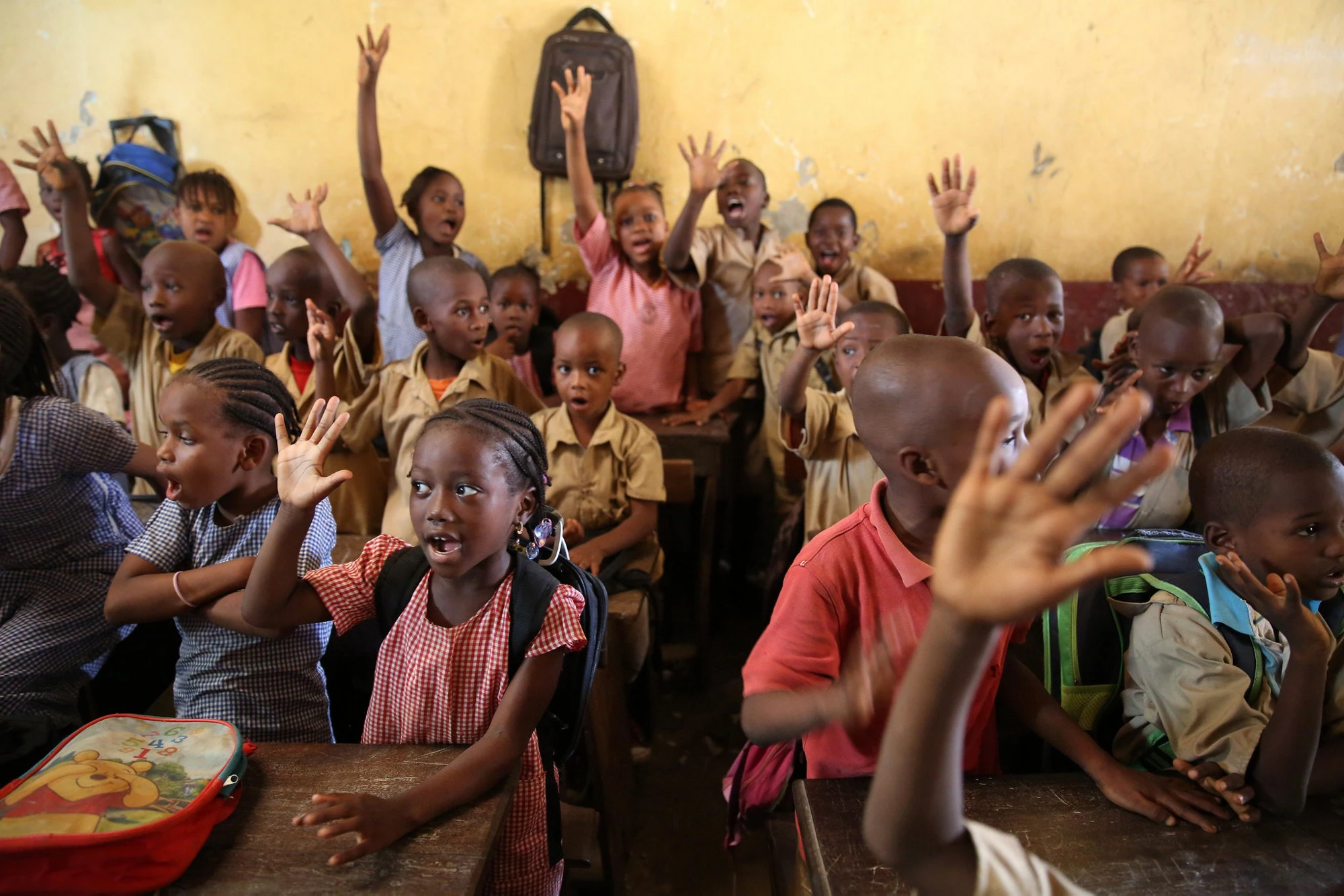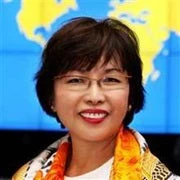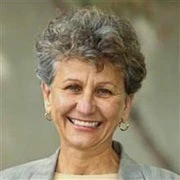
In September 2010, in his speech on the floor of the United Nations General Assembly, then-President of the World Bank, Robert Zoellick, committed the institution to increase funding toward basic education as part of a strong push towards the Millennium Development Goals (MDGs) by 2015. Specifically, the World Bank pledged to increase MDG-related support to poor countries, including an additional $750 million in IDA funds- the World Bank’s fund for the poorest- over five years for countries furthest from reaching the education goals, particularly in sub-Saharan Africa and South Asia.
This was a triumphant moment for us, at the time Director for Global Education and Vice President for Human Development, respectively, at the World Bank. It reflected our conviction that we could and should do more on this front, in collaboration with partners, especially the Global Partnership for Education (GPE). Little did we know how much scrutiny this pledge would generate externally and how difficult it would be to see it through.
However, the World Bank did meet—and exceed—the pledge, with virtually no external recognition of this achievement. At the end of fiscal year 2015 (FY15), it had provided $2,133 million more for basic education in IDA countries during the previous five years than it had in the 11 years since the start of the MDGs in the year 2000. This was almost triple the $750 million commitment made in New York.
Implementing the Pledge
We set the baseline for the pledge at $742 million which was the average annual IDA commitments for basic education over the period 2000-2010. Meeting the pledge would then require additional annual commitments of US$150 million per year, on average, over the next five years, or $892 million of new annual commitments during FY11-15.
Education lending in FY09 and FY10 was significantly high as the World Bank responded to the financial, food and fuel crises in 2008-09 by ramping up lending, including for education. Advocates wanted us to use these higher commitment levels to establish the baseline, but we felt that the longer term trends reflected better countries’ future demand and their ability to absorb additional IDA resources for basic education. Sure enough, IDA commitments for basic education plummeted to $403 million in FY11, so we made negative progress in the first year of the pledge.
We recognized that exceptional lending in FY09-10 had depleted the pipeline as many projects had been advanced, and were concerned about making up for FY11’s decline. It took a sustained internal effort to build awareness of the need to do more for the education MDGs in individual countries. In November 2011, at the GPE replenishment meeting in Copenhagen, we joined donor countries in a call for more education financing and subsequently began to post quarterly progress updates online.
External scrutiny is essential and should be sustained
As the World Bank heads into a new IDA replenishment campaign, it’s worth noting that external scrutiny of the institution is essential and helps hold it accountable to stakeholders among the general public. External scrutiny also helps us work within the World Bank to meet pledges such as the $750 million for basic education.
After FY11, IDA commitments to basic education picked up, enabling us to exceed the pledge by end-FY13, with additional resources committed reaching $939 million (more than $750 million) in just three years. But the tremendous achievement went unrecognized, despite all the earlier scrutiny. We think this was a missed opportunity for the education advocacy community. Positive incentives are powerful motivators. The World Bank is no exception.
Assessing the Progress Made
It is worth looking a little more carefully at the figures for education lending to put them into perspective. The bulk of the higher commitments went to South Asian countries, especially India and Pakistan, rather than to sub-Saharan Africa. As the table below shows, during the first decade of the MDGs, total IDA commitments for education were about the same in the two regions with basic education commitments being somewhat higher in South Asia. But in the pledge years, total commitments to South Asian countries almost doubled and basic education commitments increased faster still. While basic education accounted for a larger share of total education commitments in South Asia in FY11-15 than it did in FY00-10, it comprised a much smaller share in Africa (35% down from 50%). As a result, average annual basic education commitments in South Asia were 2.5 times the average for Africa in this period.

This regional distribution of lending for basic education was much criticized, even though in 2009, the countries with the largest number of out-of-school children were not just in Africa. Moreover, even with the higher funding for South Asia, IDA funding per student in that region remains far below levels in Africa.
A broader fact about IDA commitments that has often been misunderstood is that they are a two-party transaction involving a country’s demand for funding, in this case for basic education, in a given year (rather than for other sectors).
In sub-Saharan Africa, the World Bank’s education portfolio has grown beyond basic education, with increasing demand for vocational and skills training and higher education. This is partly because there is widespread donor support for basic education, especially from GPE, while the World Bank is one of the few institutions that support all subsectors of education. Faced with a decision to use limited IDA funds, it is not surprising that some countries prefer to allocate these scarce resources to areas where donor presence is more limited.
This leads to a fundamental question: should the World Bank make pledges for particular sectors or sub-sectors? While, as managers, we both wanted more money for education, we were frankly also concerned about undermining one of IDA’s greatest strengths. IDA represents the largest pool of donor resources for the poorest countries that is not earmarked by sector. Its allocation reflects the government demand and consultations with other country stakeholders. Despite our passion for human development, we believe that the IDA allocation process remains superior to any ex ante allocation reflecting particular donor or staff priorities. A strong IDA replenishment is therefore critical this December, and not just for the education sector.
View World Bank Lending for Education (new commitments FY00-15, in US billion) here.
Find out more about the World Bank Group’s work on education on Twitter and Flipboard .



Join the Conversation